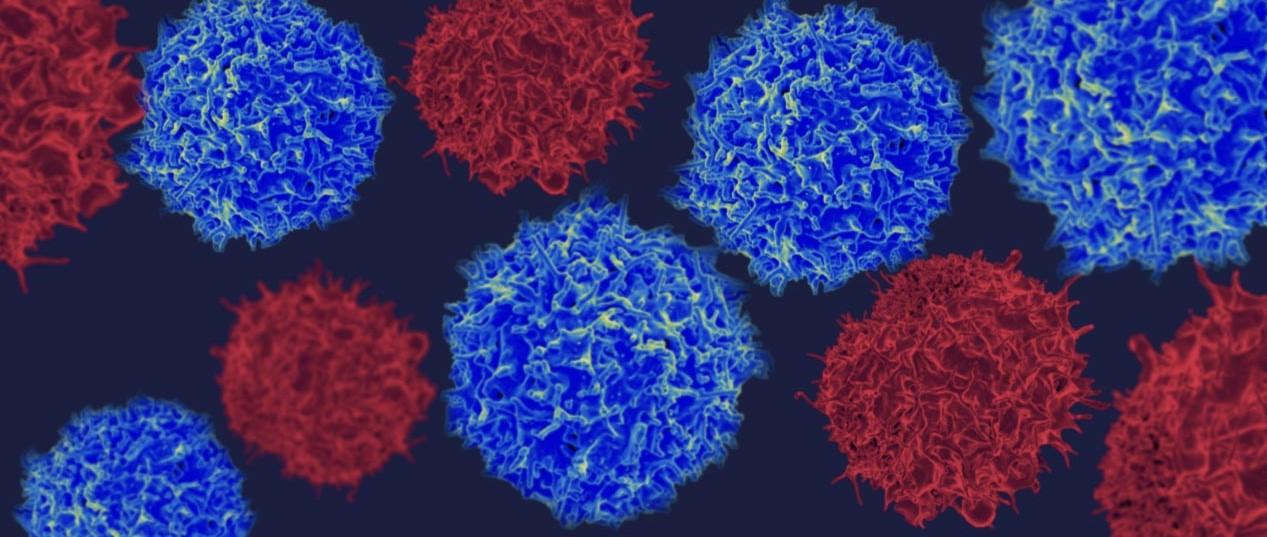In the past decade, increasingly powerful genetic techniques have found hordes of microbial DNA in everything from the human gut to a scoop of seawater. But researchers have struggled to grow most of the microbes in the lab because of the complexity of mimicking their natural environments. Now, a novel “reverse genomics” strategy has found a way to fish out some of these stealthy bacteria from fluids taken from the human mouth and cultivate them in the lab—an advance that promises to clarify how they maintain health and ward off disease.
“I find the study inspiring, something we couldn’t even imagine in the early 1980s,” says Norman Pace, a microbiologist at the University of Colorado in Boulder who wasn’t involved with the new work. Pace has done groundbreaking research with ribosomal RNA (rRNA) to discover new microbes in hot springs and other extreme environments. The new work, he says, “uses thoroughly modern technology” to get samples of previously identified, but uncultured, species.
The flood of putative new microbes comes from DNA sequencing studies that can isolate a single bacterium, or, at the other extreme, look at all the genetic material in a contained environment such as the human mouth. But researchers’ inability to culture these microbes has hampered efforts to validate their existence and clarify what role they play in their respective microbiomes. The human gut, in particular, has as many as 1000 microbial species; but sequences cannot explain whether they contribute to digestion, immune responses, metabolism of drugs, or other processes. “There’s only so much microbiology you can do on the computer,” says Mircea Podar, who studies evolutionary microbial genomics at Oak Ridge National Laboratory in Tennessee and led the new work.




